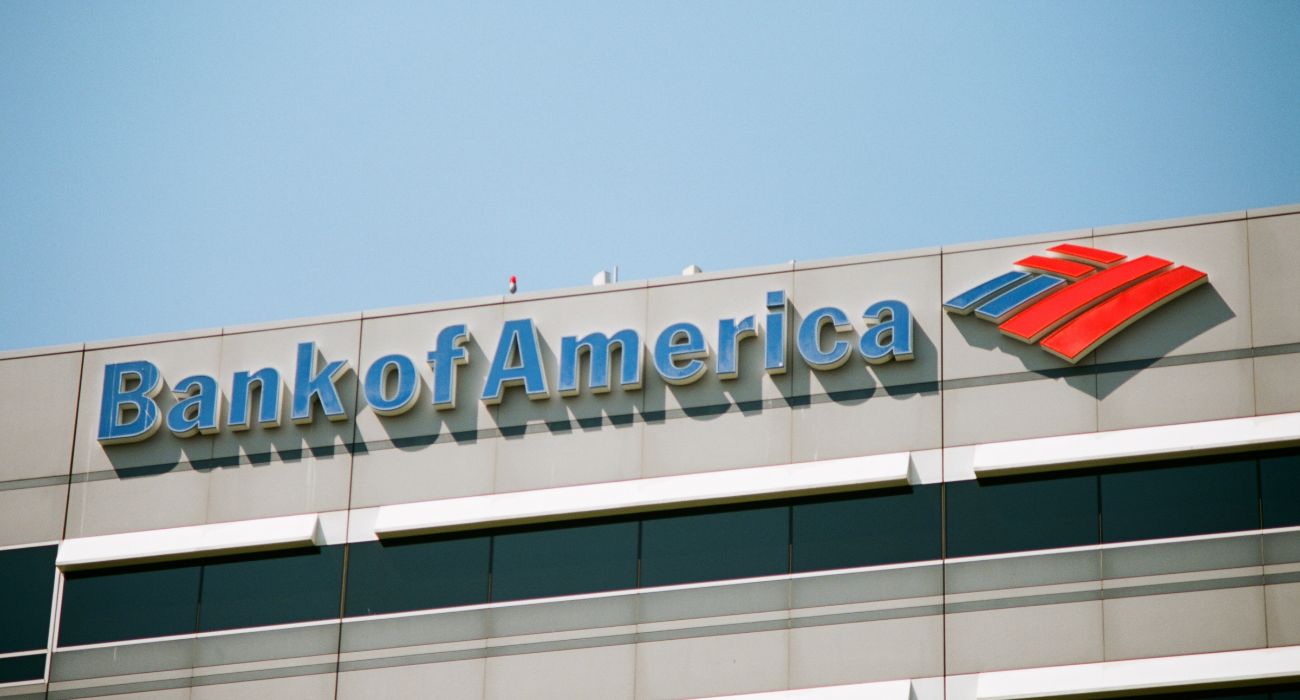Shoppers in-store and online are seeing many products marked out of stock due to supply chain issues in the U.S.
Achal Bassamboo, a professor of operations at the Kellogg School of Management at Northwestern University, spoke to CBS MoneyWatch about the problem.
“If any part of the supply chain is disrupted because crops are not coming through, parts are not in stock, or trucks are not available, that leads to disruption, which means supply chains will have shortages,” he said.
According to Datasembly, a research firm that tracks supermarket and retail pricing, about 31% of grocery products sought by consumers were out of stock in the first week of April, a vast increase from the 11% recorded at the end of November 2021. Out-of-stock notices were even more common in Connecticut, Delaware, Montana, New Jersey, Rhode Island, Texas, and Washington, rising above 40%.
One mom in St. George, Utah, has had to outsource to get the baby formula that her child needs.
“Go around in our area, St. George, any stores I can, can’t find anything around here,” said Janis Burnson to ABC 4 News. “I have friends in northern Utah, they’re having to send me stuff, so I’m having to pay even more.”
Another issue that is challenging for Americans is the amount of money they have to spend on the same products is more than what they spent on purchases in the past.
Prices in many grocery stores have increased by 9% compared to last year.
One product that has seen a notable price increase is eggs. According to the Department of Agriculture, egg costs have risen 56% in the last year due to drought conditions in the United States, a bird flu outbreak, and the conflict in Ukraine.
Other items have risen significantly as well. Due to nationwide scarcity, the price of baby formula has increased by nearly 18% in the last year. The cost of pet supplies has increased by 7%. Inflation climbed 8.5% from a year ago in March, its highest since 1981.
“When you have less inventory than people are requesting, brands have to decide who will get the limited inventory,” said Joel Beal, CEO of a software platform that lets businesses track products and manage inventories called Alloy. “You go on allocation, and certain retailers will be disproportionately impacted.”
Beal said brands are more likely to sell to companies willing to pay full price, which means that discount retailers will have more inventory go out of stock than larger companies like Walmart and Amazon.






